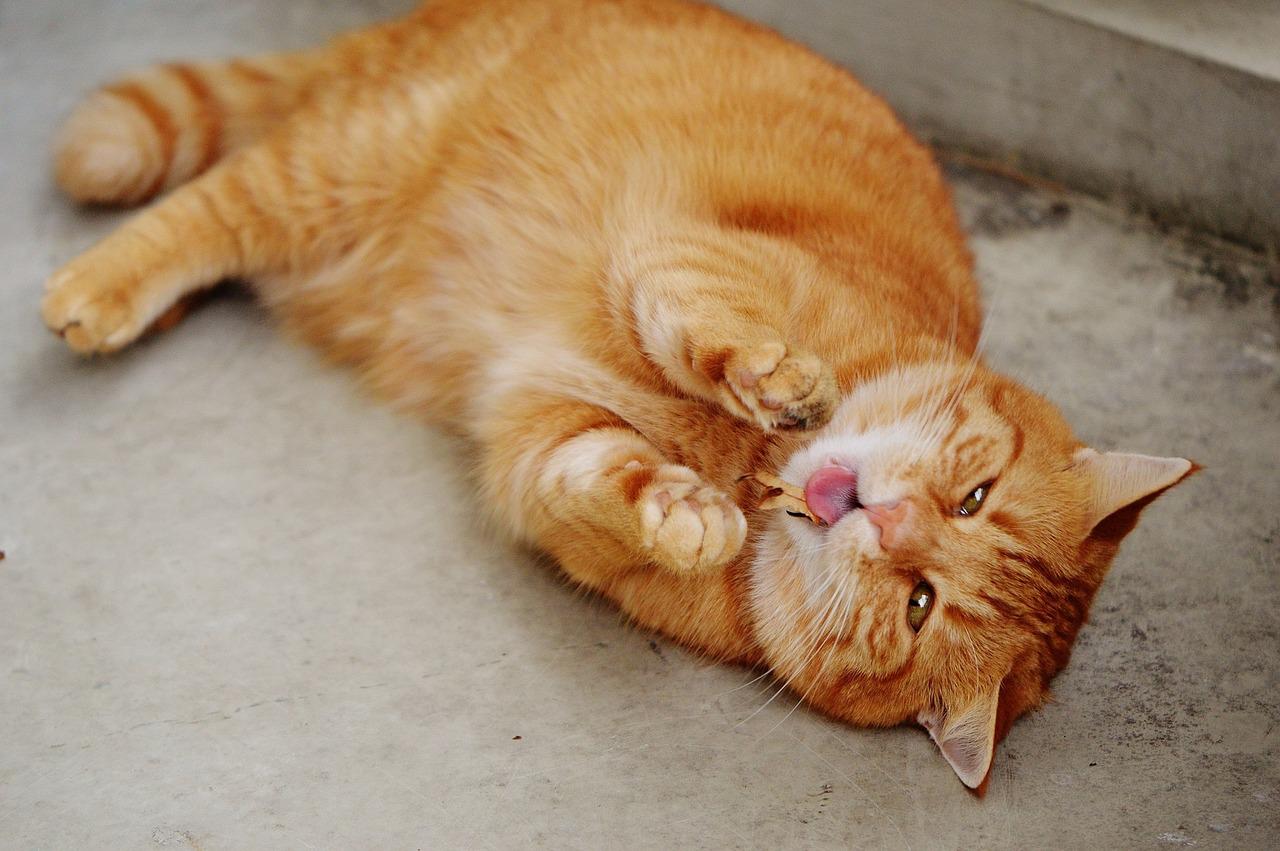Cats are sassy, and we love them the way they are! These feline babies act more as your master than the other way round. They are the rulers of your house, and you are their humble servants.
It would help if you worked on your cat-human bond to maintain a healthy, happy relationship and the environment with them. The first and foremost step to this is to train your kitty appropriately.
Cats are smart. Learning basic and useful commands is not difficult. All you need to do is invest some time and effort.
Certain commands can reduce your pets’ destructive tendencies and keep them safe too. Training also helps you both understand each other better. These perfect babies have an innate nature of working alone. But with you, they can live their happiest life!
Read on to get a grasp on how to train cats. We have listed some of the most significant learning kittens should have.
Litter Box Training
This one should be the first on your list! Demarcating clear boundaries can go a long way in a cat’s healthy domestic training. This act provides our little tigers with a private and safe space.
- Cats prefer being tidy and already have waste-burying instincts. Thus, this is not a very tough task. Here are a few steps to initiate your pet’s litter training.
- Put a clean and tidy litter box in a room with cat food and water. Also, make sure to give your whiskered friend their space and a whole lot of me-time.
- When your kitty soils anywhere except the litter box, put the excrement inside the box. This practice will help the kitten understand the correct place to do their business.
- If a few days pass and the trick doesn’t work, try placing your whiskered child in the litter box after it completes its every meal and show how to scratch the litter with the help of your fingers.
- Remember one thing – the litter box should be new and unused. If it has been used, then cleanse it with baking soda. If even that doesn’t work, you can experiment with different litter box brands until you find one that the kitty likes.
Positive Reinforcement
Love and treats are your best friends when it comes to teaching your cat. They only understand the language of positive reinforcement.
Harsh punishments such as beating, or shouting will only make your feline friend fear you. Moreover, it is inhumane. Your fur babies are your children, and you need to be patient with them.
Instead of establishing a healthy relationship, negative reinforcements might result in revenge behaviors to lash out at you. It might break the trust they have in you.
Aggressively calling your cat’s names or shouting to make them stop bad behavior (such as unwillingness to end playtime) will scare them, and their instinct will be to run away.
Instead, device a technique – produce an abrupt noise like clapping your hands and walk away – to make them realize that playtime has ended. Do it repeatedly for them to realize the meaning of your gestures.
Freaking them out is the worst thing you can do. Rather, deal with your baby with a lot of affection and reward them for good behavior.
Behavior Modification
When your pet engages in intolerable behavior, you need to understand them to change their ways. Some behaviors are built deep inside your kitty’s psyche and might need a lot of effort to unlearn it.
For instance, clawing tendencies are some cats’ very natural behavior. Any attempt at eliminating the habit is usually met with failures. So, what to do?
For pet parents in such situations, the best bet is to revert their tendencies towards things that you don’t mind them clawing, like a good scratching post.
Clicker Training
A very interesting and attractive method of teaching cats, clicker training, works with positive reinforcements and silence. Positive reinforcement can make your four-legged child repeat any desired actions. It is a win-win situation – your cat gets treats, and you get the baby to do what you want.
Most pet stores sell plaster clickers. You can even use retractable pens as an alternative. The sound a clicker makes is easily recognisable by your feline kid since it is very consistent and distinctive.
Give a treat immediately once you make the clicking sound. This sound will help you in getting your pet’s attention very conveniently. Do this multiple times.
After repeated such incidents, the feline friend will associate the clicking sound with their desired food. This is ‘charging the clicker.’
Once this is established, all you need to do is combining the clicking sound with habits you want to instil in your feline child. Whenever they perform the task you want them to do, click immediately. This practice will reinforce the connection.
Remember to keep a special check on precise timing. It is of utmost importance. For extensive clicker training, you can start with praises and pats in replacement of treats.
Come To You Command
Felines have a tendency of running away, which can be quite scary. This command can be quite lifesaving in such scenarios, and so it is advised to teach your baby come command early on in their lives.
You guessed it; you need to use positive reinforcement here. Even clickers can help you. Here are some of the steps to help you teach your whiskered kids this necessary command.
- Make your kitties familiar with their names. Call their names repeatedly in positive times and while cuddly sessions.
- Now it is time for some positive reinforcement! Whenever your baby responds to their name, treat them. Even at the smallest glance at the sound of their name, you can reward with praises and tummy scratches. The kitty will understand that its attention towards you is beneficial.
- Once that is out of the way, you move on to the next step in your training. Start rewarding your pet only when they come toward you when you call out their name.
- Every time you call your pet’s name, move a bit away. It will take some time, but they will start coming to you even from a nap. It will also help you prevent your pets from hazardous situations like walking on a busy road.
Talk to Your Cat
The body language and tone you use to communicate with your kitty needs to be consistent. Your tone and body language need to be in alignment with your commands.
To correct unsatisfactory behavior, maintain a similar behavior or else the message won’t reach. When your pet upsets you massively, hissing can communicate your dissatisfaction much better than words.
Cats have a goldfish’s attention span, and thus teaching might be a task. Make sure to pick a time when the kitty is alert and receptive to train. Your communication needs to be spot on in this very stipulated time.
More than words, your behavior and gestures help you communicate better to your feline best friend. Only consistent repetition of specific words can result in them being very receptive to those words.
To Sum Up
Cats are peace-loving animals. Those who raise cats are always full of praises for them. Training your feline child some basic tricks and commands can make them your purr-fect companions.
If your baby has more of a rebellious bone – try getting an experienced trainer.
In this article, we have listed basic tips on how to train cat. However, there is no end to teaching, and you can always train your kitty with more complicated tricks.
Kittens are amazing. All you need is to understand them and their meows and shower them with love and treats, and you will surely strengthen your connection!

